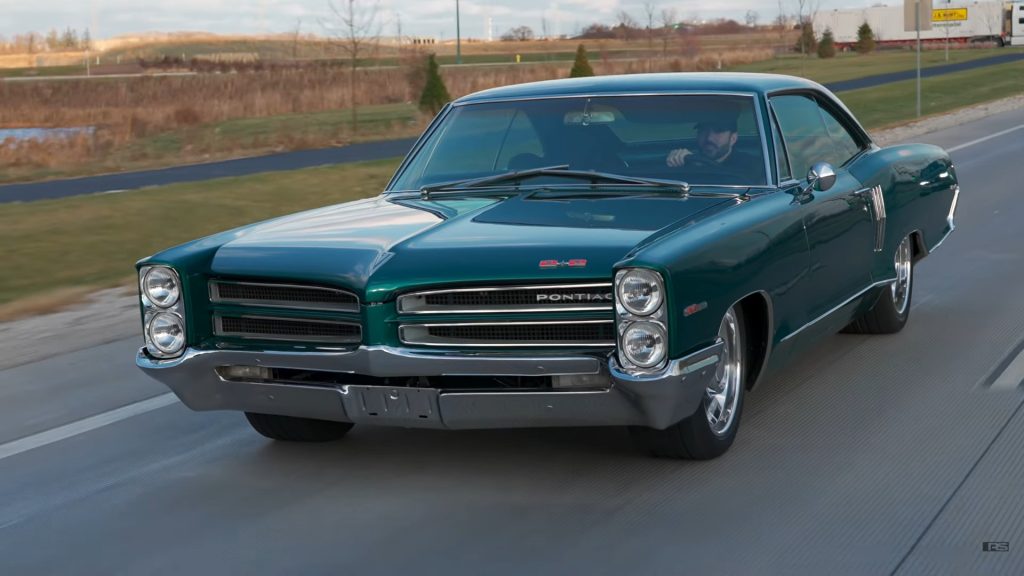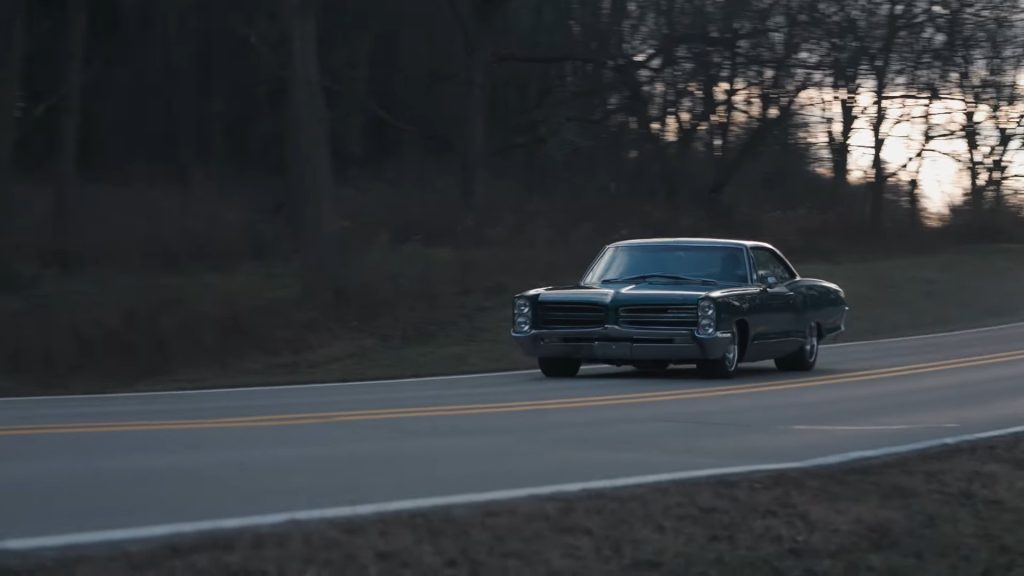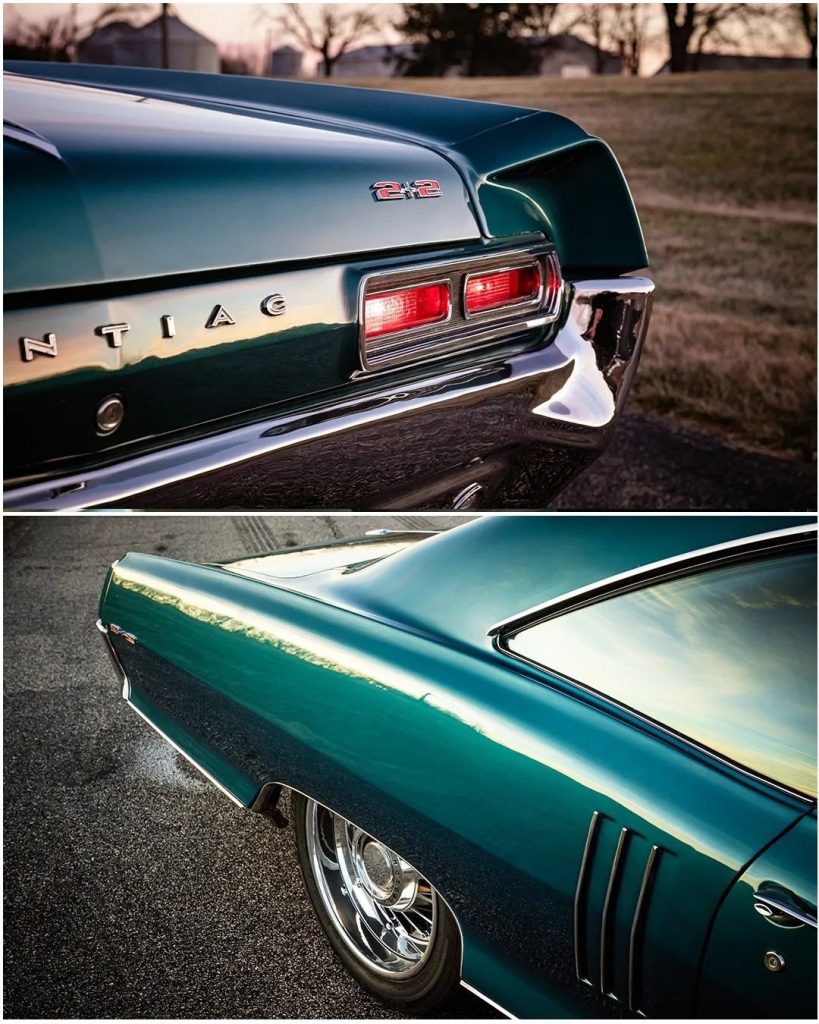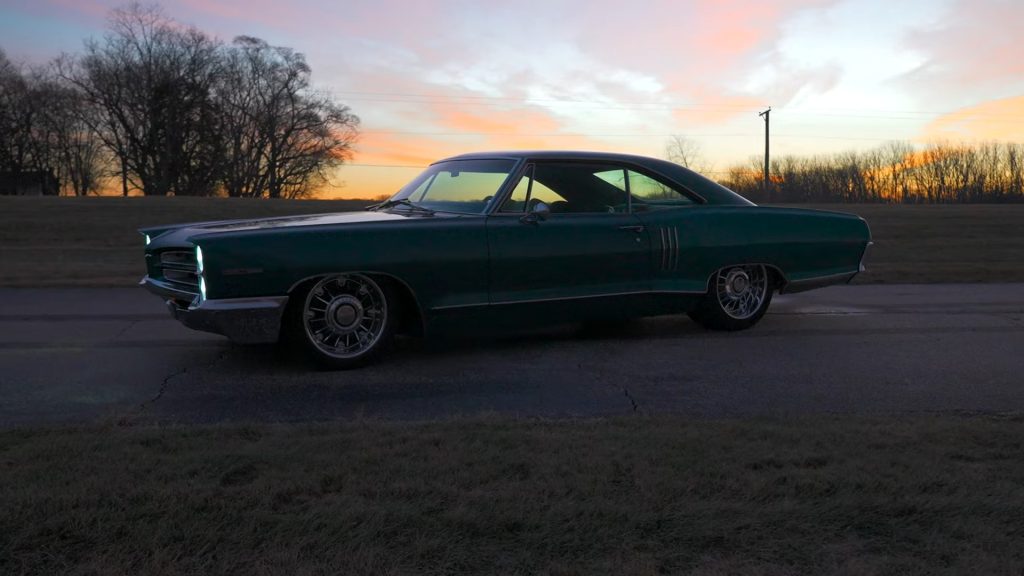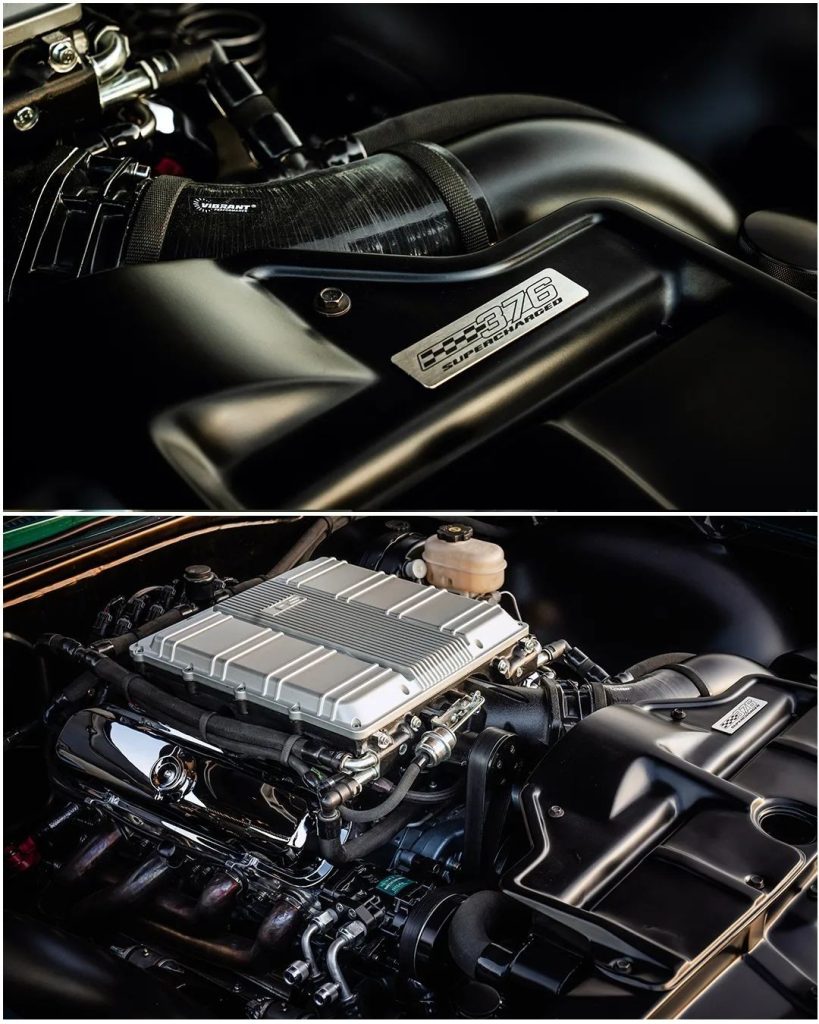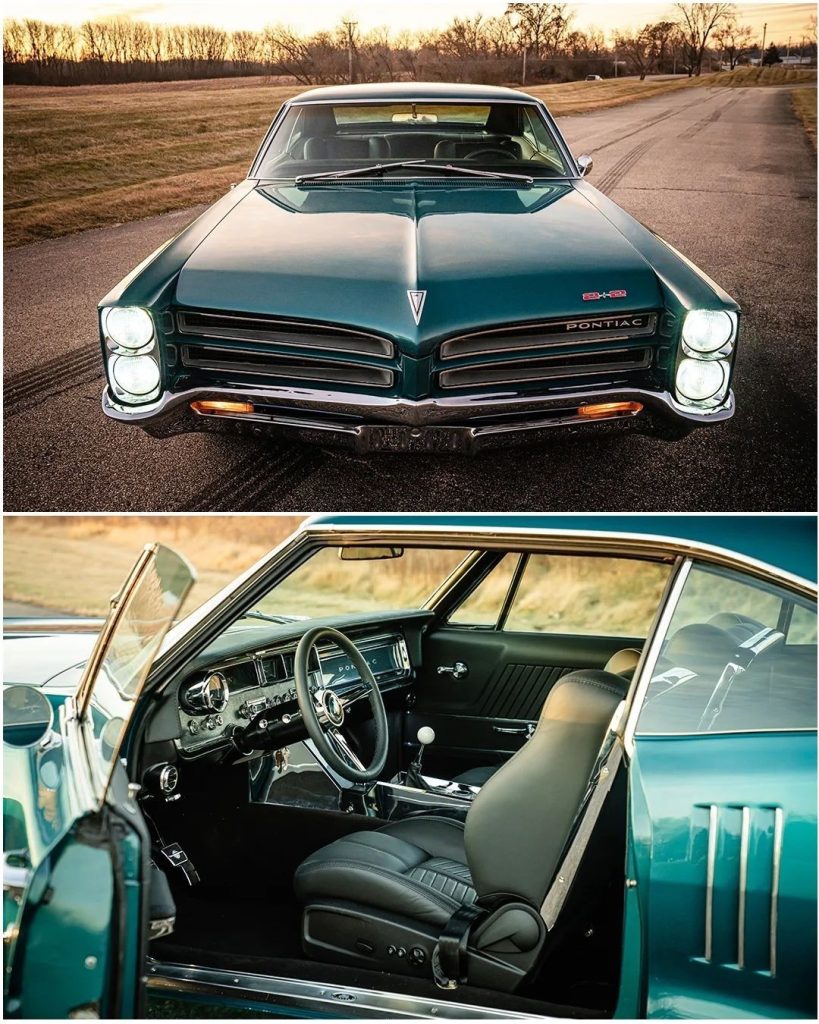The Pontiac 2+2, despite its potential, has long been overlooked among the restomod enthusiasts. Overshadowed by the likes of GTO, Bonneville, Firebird, and others, this classic gem of a car has been in the shadows for too long. However, the team at Roadster Shop in Mundelein, Illinois, is on a mission to change that perception. With their deep passion and unwavering dedication, they are ready to showcase the true potential of the 1966 Pontiac 2+2 through an awe-inspiring 750-horsepower restomod build.
A Transformation Worth Witnessing
Roadster Shop, known for their exceptional craftsmanship, took on the challenge of transforming a 1966 Pontiac 2+2 into a “full-size executive express.” Their first move was to replace the old-school B-body chassis with a modern ‘Fast Track IRS’ chassis, a decision that would revolutionize the car’s performance. Despite the modifications, the restomod still retains its original Marina Turquoise exterior, radiating a timeless allure that catches the eye from every angle.
A Journey on Frosty Roads
To truly appreciate the mid-1960s General Motors styling, the team at Roadster Shop took their creation on a ride through the cold and frosty Illinois roads. It was an opportunity to relish the beauty and power that define the Pontiac 2+2. Complementing the restomod’s aesthetics, an ‘8-lug’ aftermarket wheel setup, featuring machined rims by the Greening Auto Company, adds a touch of sophistication and flair.
The Perfect Blend of Vintage and Modern
Step inside the transformed cabin, and you’ll find a bespoke center console seamlessly blending with the vintage green leather atmosphere. However, modern features are not forgotten. The restomod boasts a state-of-the-art “head unit touch encoder” and an innovative prototype interface screen. The interior was meticulously rebuilt by the renowned Miranda Built automotive fabrication shop, and a set of Dakota Digital instruments enhances the driving experience.
Unleashing the Sledgehammer
Under the hood lies the heart of this remarkable restomod—a mighty 750-horsepower 376ci Wegner Automotive supercharged V8 engine. This automotive beast is capable of extraordinary feats, as witnessed in other instances. Unfortunately, the embedded footage below does not capture its full potential, but it undoubtedly adds to the overall allure and excitement surrounding this incredible restoration project.
In conclusion, the 1966 Pontiac 2+2, once an underdog in the realm of restomods, is poised for a triumphant comeback. Thanks to the dedication and expertise of Roadster Shop, this classic beauty has been reborn with unparalleled power and style. The transformation showcases the fusion of vintage aesthetics with modern performance, breathing new life into a forgotten gem. The 750-horsepower restomod is a testament to the possibilities that lie within classic cars, reminding us that true potential can be unlocked with passion, hard work, and a vision that goes beyond convention.





